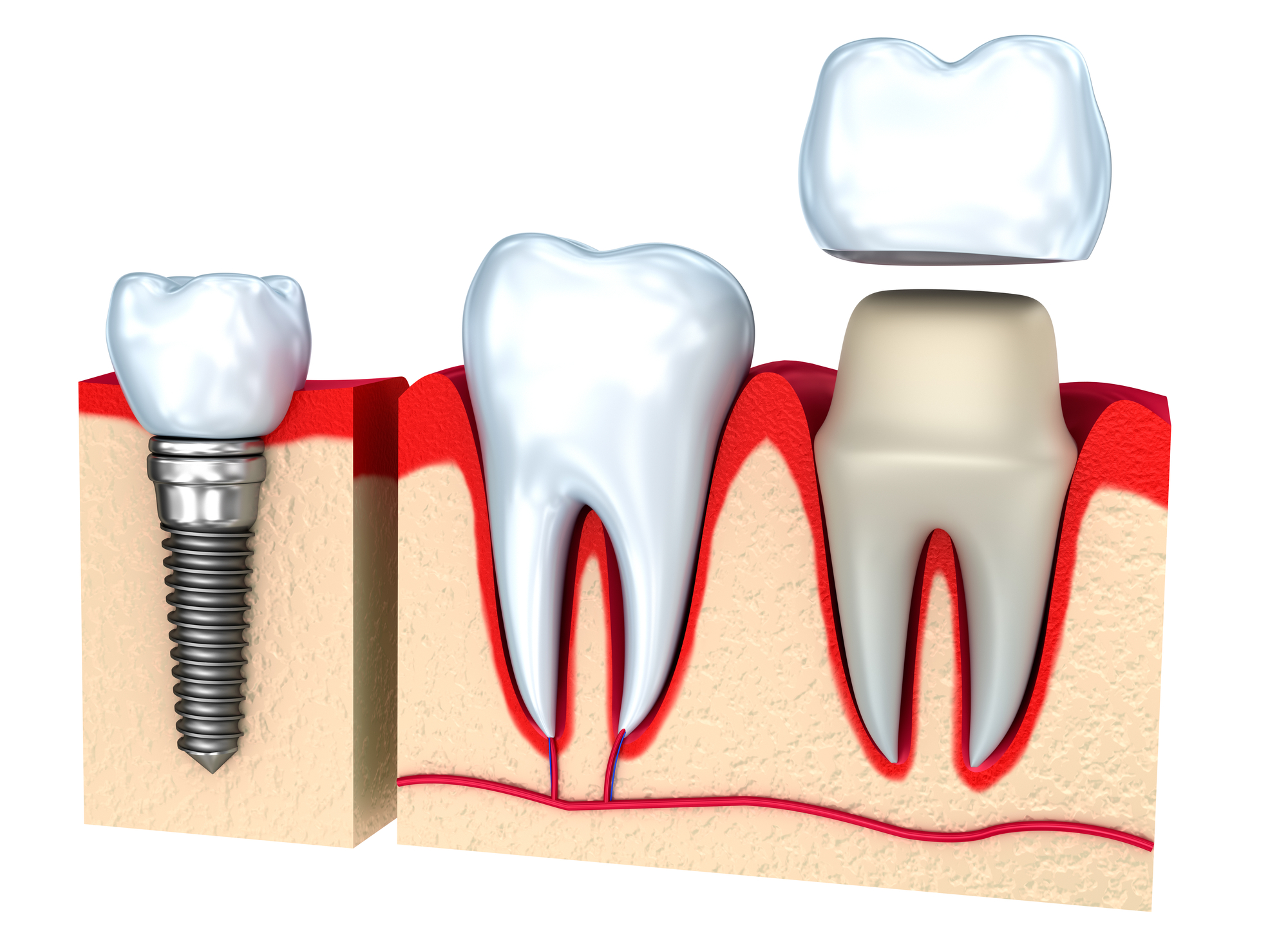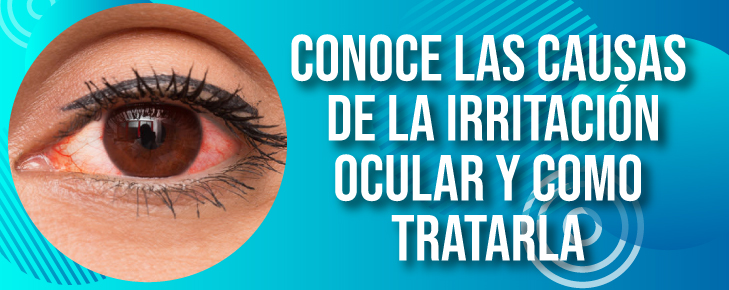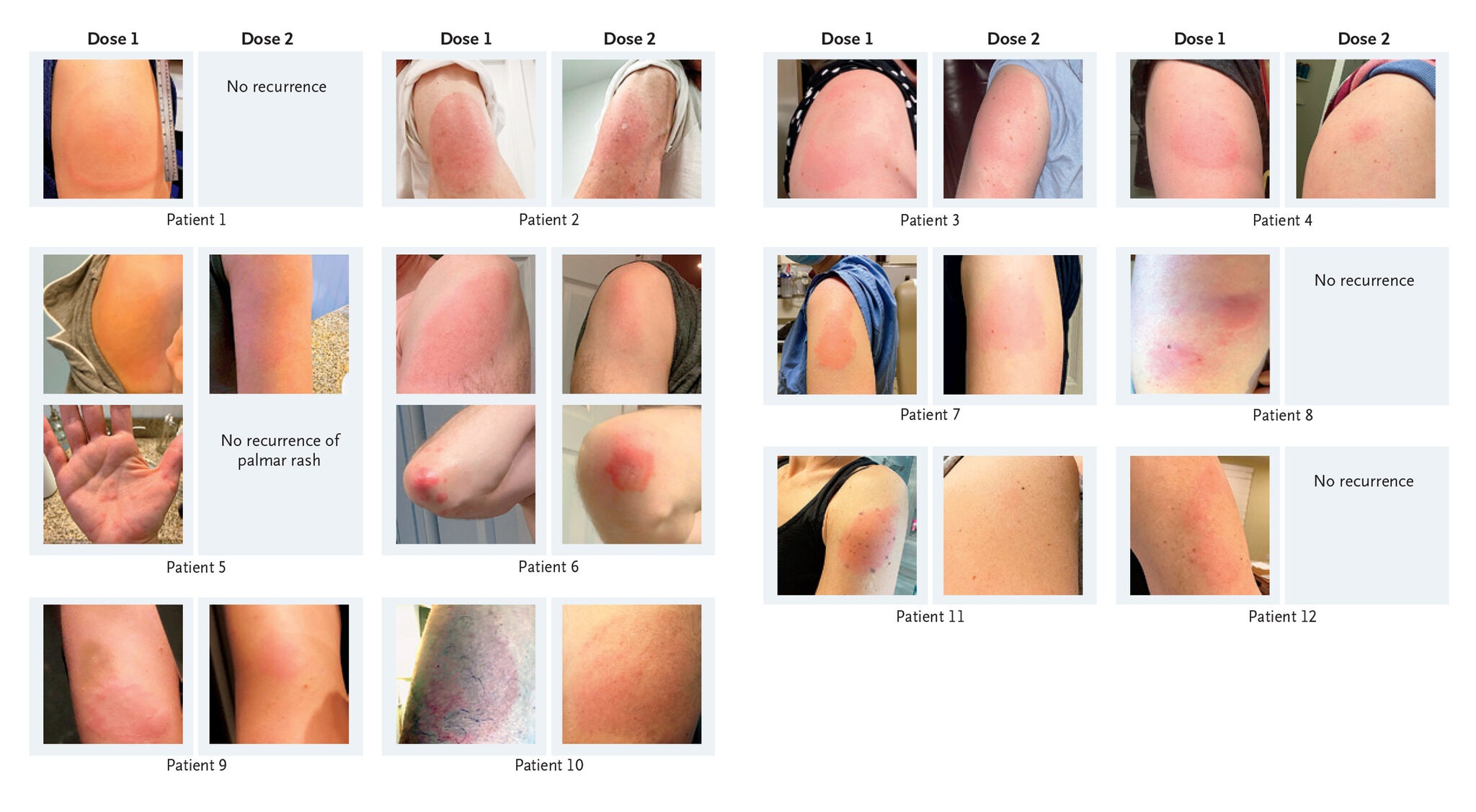Tooth Extraction Site Infected

Infection after a tooth extraction is a potential complication that can significantly impact the healing process and overall oral health. When a tooth is removed, the site is left vulnerable to bacterial invasion, which can lead to infection if not properly managed. The symptoms of an infection at the tooth extraction site can vary but often include increased pain, swelling, redness, and pus or discharge from the site. In some cases, a person may experience fever, bad taste, or foul odor from the mouth.
Causes of Infection
Infections after tooth extraction are primarily caused by bacteria. The mouth is home to numerous bacteria, and when a tooth is extracted, the wound created provides a potential entry point for these bacteria. Poor oral hygiene, not following post-extraction instructions, smoking, and underlying health conditions (such as diabetes) can increase the risk of developing an infection. The type of extraction (simple vs. surgical) can also play a role, with surgical extractions carrying a slightly higher risk due to the complexity of the procedure and the potential for more tissue damage.
Symptoms and Signs
Recognizing the symptoms of an infection early on is crucial for prompt treatment and preventing the infection from worsening. Common signs include:
- Increased Pain: While some discomfort is expected after a tooth extraction, an increase in pain that does not subside with prescribed pain medication or worsens over time could indicate an infection.
- Swelling and Redness: Swelling and redness around the extraction site are normal in the initial stages of healing. However, if these symptoms worsen or persist beyond the expected healing time, it may be a sign of infection.
- Pus or Discharge: The presence of pus or discharge from the extraction site is a definitive sign of infection.
- Fever: A fever can accompany an infection, indicating that the body is fighting off an infection.
- Bad Taste or Foul Odor: A persistent bad taste or foul odor from the mouth can be associated with an infection at the extraction site.
Treatment Options
Treatment for an infected tooth extraction site typically involves a combination of professional dental care and self-care at home.
- Antibiotics: The dentist may prescribe antibiotics to combat the infection. It’s crucial to complete the full course of antibiotics as instructed, even if symptoms improve before finishing the medication.
- Drainage: In some cases, the dentist may need to drain the abscess or infected area to remove the pus.
- Debridement: This involves cleaning the extraction site to remove any debris or infected tissue that may be hindering the healing process.
- Pain Management: Over-the-counter pain relievers can help manage discomfort and pain associated with the infection.
- Salt Water Rinses: Rinsing the mouth with warm salt water several times a day can help reduce swelling, ease pain, and draw out the infection.
Prevention
Preventing infection after a tooth extraction involves careful adherence to the post-operative instructions provided by the dentist. Key preventive measures include:
- Keeping the Extraction Site Clean: Regular salt water rinses and gentle brushing around the site can help keep it clean and free of bacteria.
- Avoiding Smoking and Tobacco: Smoking can significantly impair healing and increase the risk of infection.
- Maintaining Good Oral Hygiene: This includes brushing and flossing the rest of the teeth as usual, being careful around the extraction site.
- Following a Soft Food Diet: Avoiding hard, crunchy, or spicy foods that could irritate the site or dislodge the blood clot.
What are the common signs of an infected tooth extraction site?
+Common signs of infection include increased pain, swelling, redness, pus or discharge from the site, fever, and bad taste or foul odor from the mouth.
How is an infected tooth extraction site treated?
+Treatment typically involves antibiotics, drainage of the abscess if necessary, debridement to clean the site, and pain management. Good oral hygiene practices and following post-operative instructions are crucial for recovery.
Can an infected tooth extraction site be prevented?
+While not all infections can be prevented, the risk can be significantly reduced by following post-operative instructions carefully, maintaining good oral hygiene, avoiding smoking, and attending follow-up appointments with the dentist.
Early recognition and treatment of an infection at the tooth extraction site are vital for preventing complications and ensuring proper healing. If symptoms persist or worsen, it’s essential to seek dental care promptly.



